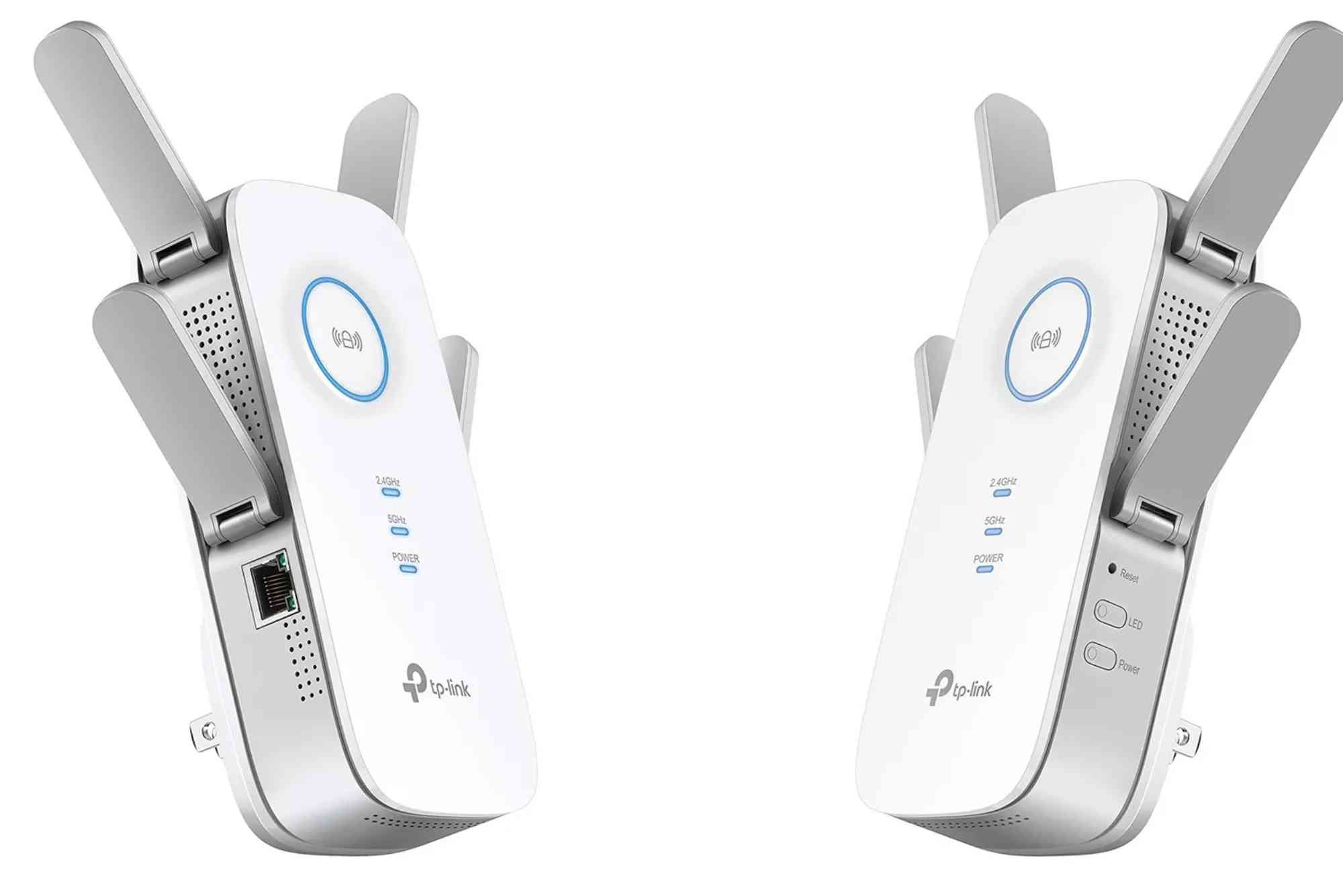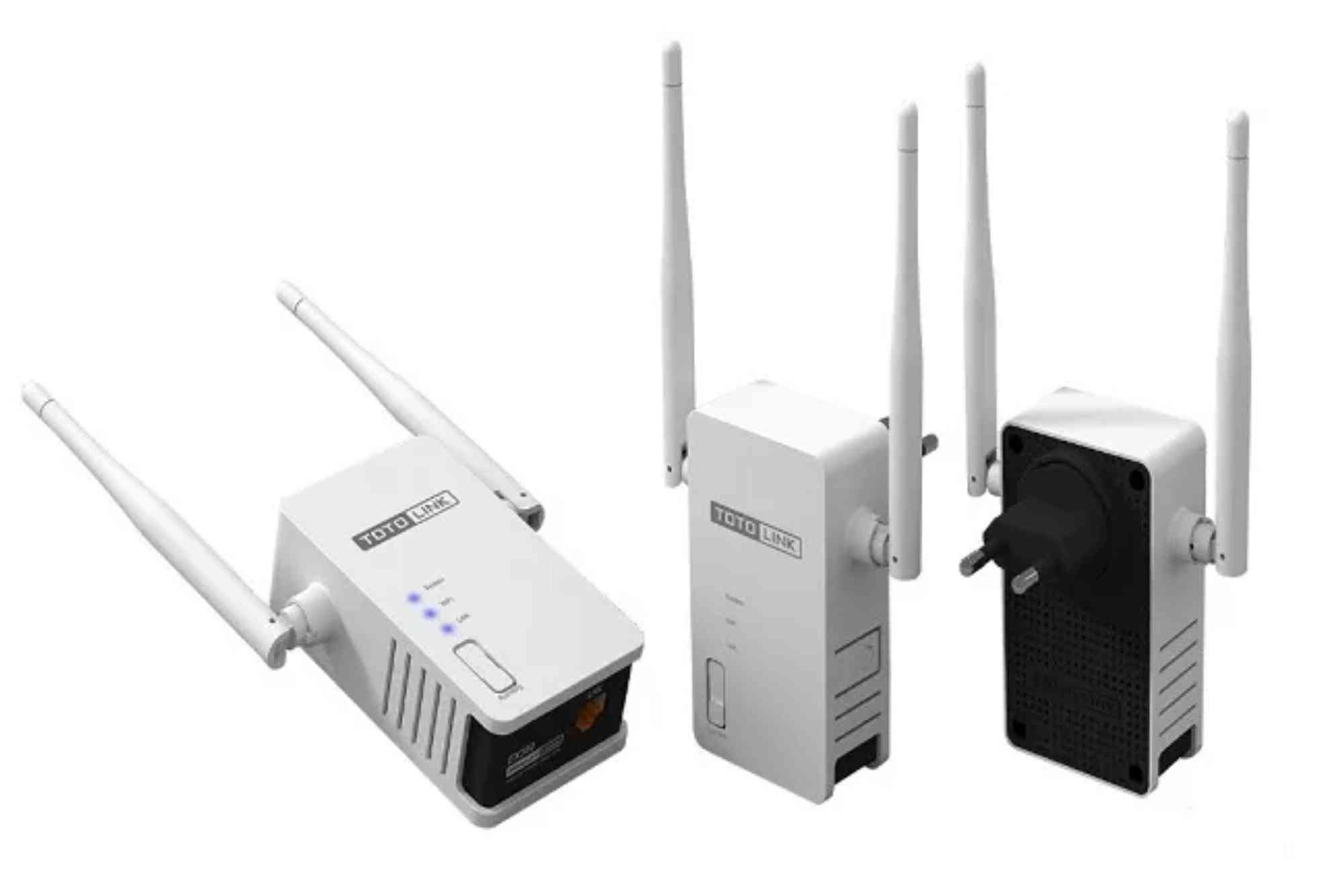Optimizing Mesh Wi-Fi for Gaming Consoles
Gaming today demands more than just powerful consoles — it requires reliable, high-speed connectivity. Whether you’re battling opponents on PlayStation, exploring open worlds on Xbox, or racing online on Nintendo Switch, network stability determines your experience. This guide explores how to optimize mesh Wi-Fi for gaming consoles, ensuring smooth gameplay, minimal lag, and faster response times.
What Is Mesh Wi-Fi and Why Gamers Need It
Understanding Mesh Wi-Fi Technology
Mesh Wi-Fi systems consist of multiple nodes that work together to extend Wi-Fi coverage throughout your home. Unlike traditional routers, mesh networks eliminate dead zones by creating a unified wireless signal that automatically routes devices to the nearest and strongest node.
Why Mesh Wi-Fi Beats Traditional Routers for Gaming
Gamers often struggle with lag, packet loss, or unstable connections when using a single router. A mesh Wi-Fi network optimizes performance by:
-
Delivering consistent coverage in every corner of your home.
-
Automatically connecting your console to the nearest node.
-
Reducing latency caused by distance or interference.
These benefits make mesh Wi-Fi for gaming consoles ideal for homes with multiple gamers or large spaces.
How Mesh Wi-Fi Improves Gaming Performance
Reducing Lag and Latency
Lag can ruin any online match. Mesh networks reduce latency by minimizing signal hops between your console and router. Each node communicates seamlessly, maintaining low ping — a critical factor for real-time gaming.
Stable Bandwidth Allocation
Modern mesh systems use technologies like MU-MIMO and QoS (Quality of Service) to prioritize bandwidth for gaming. This ensures your console gets consistent data flow, even when others stream or browse simultaneously.
Seamless Roaming for Wireless Consoles
If your console supports wireless play, mesh Wi-Fi ensures you stay connected as you move around your home. The system intelligently switches between nodes without dropping your connection — perfect for handheld gaming like the Nintendo Switch.
Setting Up Mesh Wi-Fi for Gaming Consoles
Choose the Right Mesh System
Not all mesh systems are created equal. When choosing mesh Wi-Fi for gaming consoles, prioritize models offering:
-
Wi-Fi 6 or Wi-Fi 6E support.
-
Ethernet backhaul for wired connections.
-
Customizable QoS settings for gaming devices.
Popular options include Netgear Orbi, ASUS ZenWiFi, and TP-Link Deco.
Position Nodes Strategically
Node placement affects your network’s efficiency. Keep these tips in mind:
-
Place the main router near your modem in an open area.
-
Position nodes at equal distances for even coverage.
-
Avoid placing nodes near thick walls or metal objects.
Connect Consoles via Ethernet When Possible
For the most stable performance, connect your gaming console directly to a mesh node using an Ethernet cable. Wired connections eliminate wireless interference and guarantee the lowest possible latency.
Enable QoS for Gaming Traffic
Quality of Service allows you to prioritize traffic from your gaming console over other devices. Configure QoS in your mesh app to ensure optimal performance during online matches or streaming.
Troubleshooting Common Mesh Wi-Fi Gaming Issues
High Ping or Lag Spikes
If you experience lag, try these fixes:
-
Check if another device is downloading or streaming heavily.
-
Switch to a wired backhaul connection between nodes.
-
Move your console closer to a node.
Interference from Other Networks
Wi-Fi interference can disrupt signal quality. Use your mesh system’s app to change the wireless channel or switch from 2.4GHz to 5GHz (or 6GHz if available).
Firmware and Software Updates
Keep your mesh firmware and console’s network software updated. Manufacturers often release patches that improve connectivity and stability.
Advanced Tips to Optimize Mesh Wi-Fi for Gaming Consoles
Use a Dedicated Gaming Band
Some mesh systems let you reserve one band (usually 5GHz or 6GHz) exclusively for gaming devices. This reduces congestion and improves consistency.
Disable Unnecessary Smart Features
Features like “band steering” or “beamforming” can sometimes cause instability during intense gaming sessions. Experiment by toggling them off to see if performance improves.
Optimize Internet Service
Even the best mesh Wi-Fi can’t fix poor internet service. Choose a plan that offers high upload speeds and low latency. If you’re in Pakistan, explore Dhanote Internet Services for reliable, high-speed connectivity designed for gamers and streamers.
Enable Static IP for Consoles
Assigning a static IP to your console can reduce DNS delays and improve matchmaking performance in online games.
Security Considerations for Gaming Over Mesh Wi-Fi
Protect Your Network
Gaming consoles store personal information, making network security essential. Always:
-
Use WPA3 encryption.
-
Change default passwords.
-
Enable automatic security updates.
Limit Guest Access
Avoid sharing your Wi-Fi password widely. If guests need access, use the guest network feature available in most mesh systems.
Use Parental Controls
If multiple users share the network, parental controls can help manage bandwidth and screen time, ensuring gaming traffic remains prioritized.
Frequently Asked Questions (FAQs)
What is the best mesh Wi-Fi for gaming consoles?
Top options include Netgear Orbi Wi-Fi 6E, ASUS ZenWiFi XT9, and TP-Link Deco XE75. These models provide low latency, high throughput, and reliable coverage for console gaming.
Does mesh Wi-Fi reduce lag?
Yes. Mesh Wi-Fi reduces lag by maintaining stable connectivity and minimizing signal loss, which is especially important during online multiplayer gaming.
Should I use a wired or wireless connection for my console?
Wired Ethernet connections are always better for gaming. However, with an optimized mesh setup, wireless play can still deliver excellent results.
Can I use mesh Wi-Fi with older consoles?
Yes. Mesh systems work with all Wi-Fi-enabled consoles, including PlayStation 4, Xbox One, and Nintendo Switch, though newer models benefit most from Wi-Fi 6 support.
How do I prioritize gaming on my mesh network?
Access your mesh app’s QoS settings and select your console as a high-priority device. This ensures smooth gameplay even during heavy network usage.
Why Mesh Wi-Fi Is the Future of Console Gaming
The rise of cloud gaming and digital downloads makes stable internet more critical than ever. Mesh Wi-Fi eliminates the limitations of single routers, offering consistent speed and flexibility for modern gamers. Whether you’re streaming from Xbox Cloud Gaming or downloading massive updates, mesh networks ensure uninterrupted performance.
Get the Most Out of Your Mesh Wi-Fi for Gaming Consoles
Optimizing mesh Wi-Fi for gaming consoles is about balance — smart placement, proper settings, and a reliable internet connection. A well-tuned mesh system can dramatically improve your gaming experience by reducing lag, stabilizing ping, and delivering flawless connectivity across every room.
Ready to upgrade your network? Start by choosing a quality mesh system, fine-tuning your setup, and ensuring your service provider delivers dependable speed. For gamers in Pakistan, Dhanote Internet Services offers stable, high-performance internet perfect for online play.








